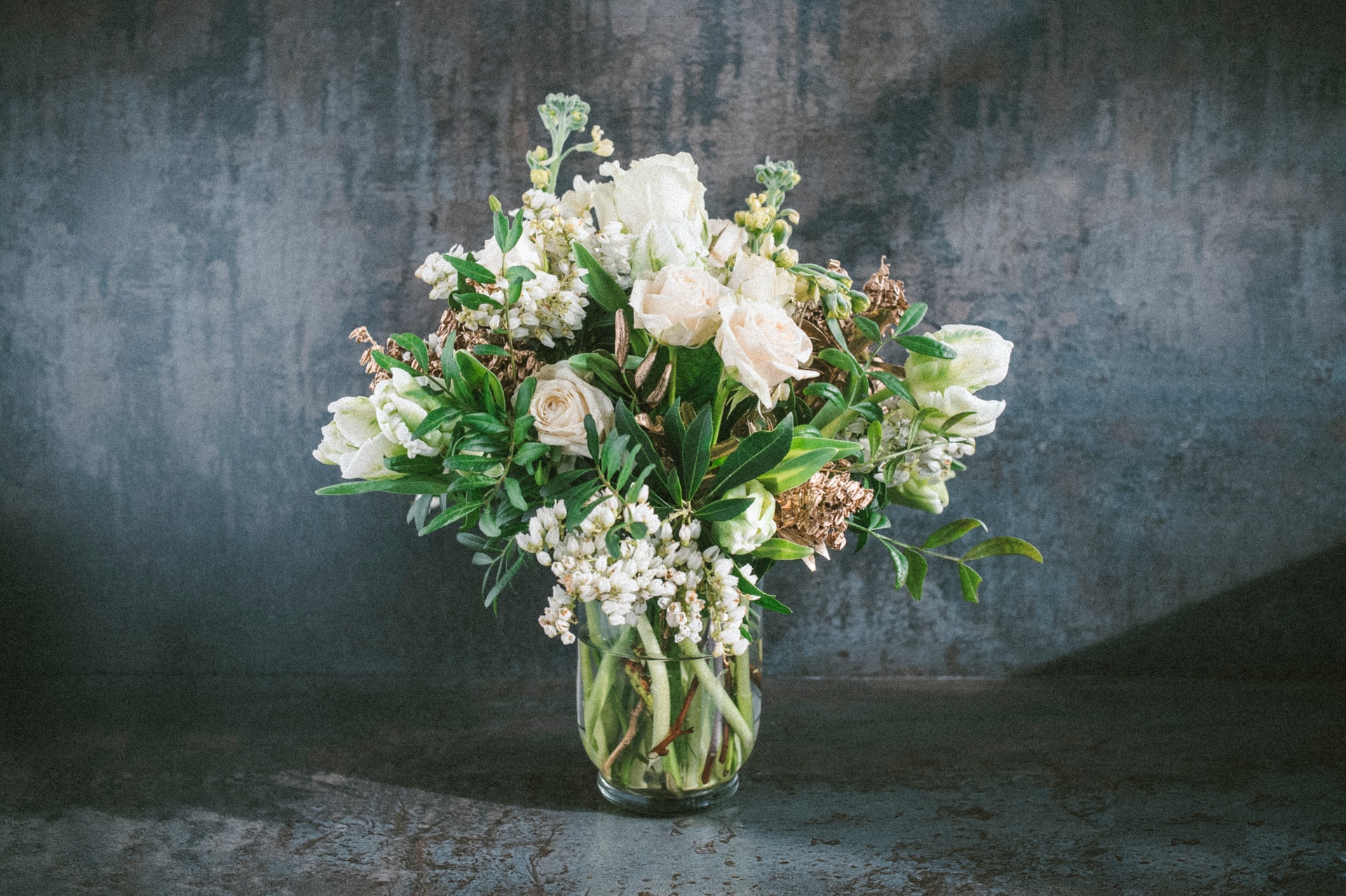
Floristry is a field that is omnipresent in our lives. On various special occasions there can be no lack of beautiful floral decorations. What is floristics? What is its history?
The oldest documented compositions were created in Persia and were made of roses. In the following centuries, there were more and more different species of flowers that were grown only for interior decoration.
In the Middle Ages mainly flowers available in fields and meadows were used to create decorations. Houses were decorated mainly with herbs, which were supposed, among other things, to ward off evil.
In the Baroque, floral compositions were characterized by excess and ubiquitous splendor. In the Rococo style, the compositions gained finesse and lightness. During the Classical period, the compositions became elegant and more refined. In neoclassicism, a new trend in floristry appeared, namely, combining flowers with fruit.
In the 19th century, two new trends appeared in floristry, which are also present today, viz: Biedermeier (bouquet tailored to the bride’s hand) and French (delight in the scent of flowers).
In the XXI century, floristry is developing very dynamically. The trends are dominated by a variety of plants and accessories
The word floristics has two meanings. In the first, floristics is a branch of botany that deals with the study of flowers, that is, their distribution on the ground and the occurrence of mutual relations between plants. Floristics in botany also deals with the inventory and listing of plants and determining their affinities.
The second meaning of the word floristics is the art of arranging, creating compositions from flowers and other plants. Floristry is the artistic arrangement of flowers, which is why it cannot be called floristry (the art of creating bouquets). One might even be tempted to say that floristry is a branch of art in which flowers are used. Floristry is closely related to plants, which play a very important role during all family celebrations – they emphasize the momentousness of these events.
A person who creates artistic compositions is called a florist and must have knowledge of flowers so that the compositions are long-lasting, pretty and tailored to individual customer expectations. A good florist should know the different species of flowers and their requirements. He must also have artistic and aesthetic sense to combine flowers with accessories in an interesting way. The work of a florist requires combining live and artificial elements.
The types of florist depend on the subject matter that the work will cover. The most popular is floristry:
A good florist knows the latest trends in creating decorations from flowers, thanks to which his works are unique. From flowers are made mainly: bouquets, compositions in a dish, floral wreaths, garlands and various objects from flowers such as decorative carts and various body decorations.
In floristry there are three main techniques:
main photo: Egor Myznik/unsplash.com